School-Based Health Center Impact Calculator
Estimate Teen Pregnancy Reduction
Enter the number of students in your school district and select the percentage of teens who access SBHC services to see projected impact.
Projected Impact of SBHC Implementation
Students Receiving Services:
Current Annual Pregnancies:
Projected Annual Pregnancies After SBHC:
Potential Reduction:
Estimated Lives Impacted:
Key Takeaways
- School‑based health centers (SBHCs) provide confidential contraceptive counseling, free or low‑cost birth control, and comprehensive sex education directly on campus.
- Multiple studies show SBHCs cut teen pregnancy rates by 30‑50% compared with schools that lack on‑site services.
- Funding streams such as Medicaid, TitleX, and local grants keep services affordable and sustainable.
- Effective SBHCs involve school administrators, parents, and community partners to maintain trust and accessibility.
- Implementation steps include needs assessment, securing funding, staffing, privacy safeguards, and ongoing outcome monitoring.
When it comes to teen health, school-based health centers are on‑site clinics that deliver medical, mental health, and reproductive services directly within K‑12 schools playing a pivotal role in preventing unwanted pregnancies. These school-based health centers act as a bridge between the health system and adolescents, offering services that many teens would otherwise avoid because of cost, transportation, or stigma.
Why Unwanted Pregnancies Matter in Schools
Unwanted pregnancies among high‑school students still cost the U.S. economy billions of dollars each year and disrupt education pathways. The Centers for Disease Control and Prevention (CDC) reported that in 2023, 13% of females aged 15‑19 had already experienced a pregnancy, and about 60% of those were classified as unintended. Early childbearing correlates with lower graduation rates, reduced earning potential, and higher reliance on public assistance. By addressing the root causes-limited access to contraception and inadequate sexual health knowledge-schools can protect both individual futures and broader community health.
Core Services Provided by SBHCs
The effectiveness of SBHCs hinges on a comprehensive service menu. Below is a breakdown of the most critical components:
- Contraceptive services include counseling, prescription of hormonal methods (pill, patch, ring, injection), provision of long‑acting reversible contraception (LARC) such as IUDs and implants, and emergency contraception.
- Comprehensive sex education delivered by trained health educators, covering anatomy, consent, healthy relationships, and decision‑making skills.
- Confidential health assessments for sexually transmitted infections (STIs) and pregnancy testing, with rapid‑result testing kits available on the same day.
- Mental‑health counseling that addresses relationship stress, body image, and anxiety related to sexual activity.
- Referral networks to external specialists for complex cases, such as gynecologic disorders or fertility counseling.
Each service is designed to be youth‑friendly: low‑or‑no cost, walk‑in appointments, and private spaces that respect confidentiality-a factor repeatedly identified by teens as a deal‑breaker for seeking help.
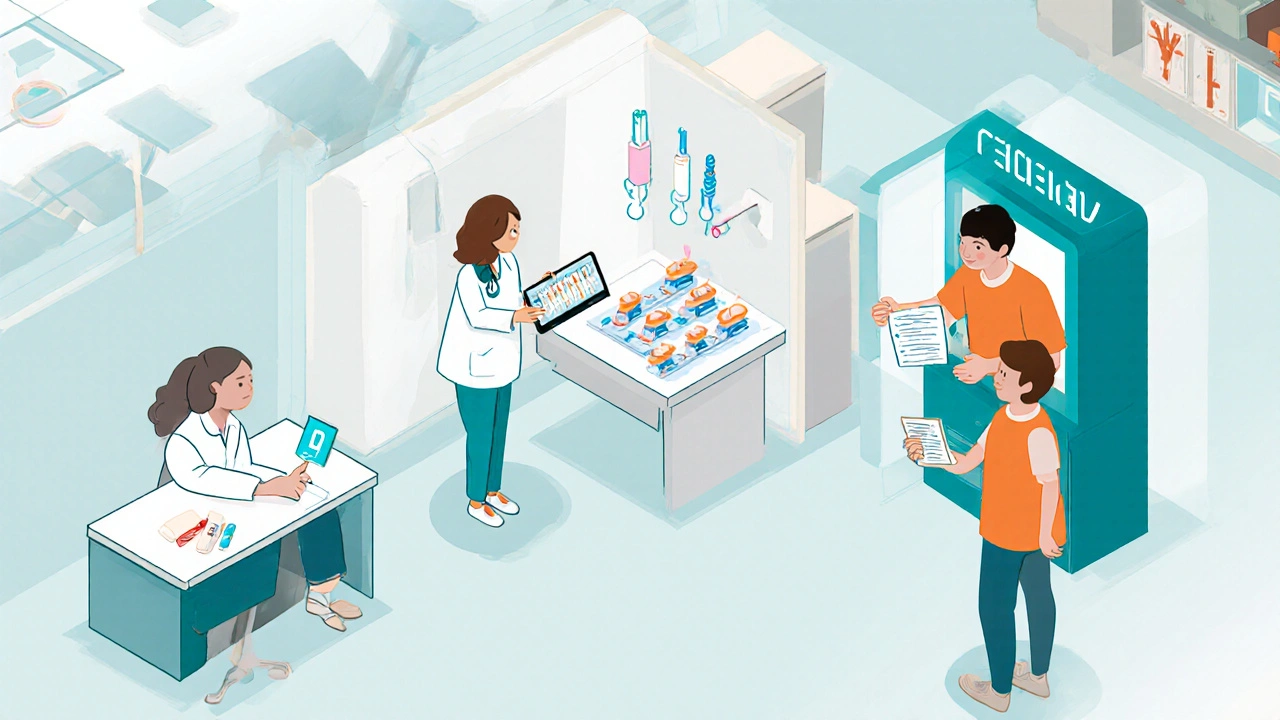
Evidence of Impact: What the Numbers Say
Multiple peer‑reviewed studies illustrate the measurable impact of SBHCs on teen pregnancy rates. A 2022 longitudinal analysis of 31 high schools in California found that schools with SBHCs experienced a 38% reduction in unintended pregnancies compared with matched schools lacking a center. Another multi‑state evaluation published in the Journal of Adolescent Health showed a 45% drop in pregnancy incidence when LARC methods were made readily available on campus.
Key performance indicators (KPIs) that successful SBHCs track include:
- Number of contraception consultations per month.
- Percentage of teens receiving LARC within six months of first visit.
- Rate of repeat STI testing (a proxy for ongoing sexual health engagement).
- Graduation rates among students using SBHC services versus the overall student body.
When these KPIs improve, schools frequently report higher attendance, better academic performance, and stronger community trust.
Funding and Policy Foundations
Financial sustainability is often the biggest hurdle for SBHCs. Several funding streams have proven reliable:
- Medicaid reimbursement, especially for preventive services like contraceptive counseling and STI screening, can cover up to 80% of service costs in participating states.
- TitleX grants provide direct federal support for family planning programs, allowing SBHCs to offer free birth control to low‑income students.
- Local foundations and private donors often fund start‑up costs, such as clinic space renovation and equipment purchase.
- School district budgets may allocate funds for staffing, especially when the center contributes to broader student wellness goals.
Policy alignment matters, too. States that have enacted laws guaranteeing minors' right to confidential reproductive health care see higher utilization rates at SBHCs. Conversely, restrictive policies can limit the range of services offered, underscoring the need for advocacy at the district and state levels.
Implementation Blueprint: From Planning to Launch
For districts considering a new SBHC, the following step‑by‑step roadmap can help streamline the process.
- Conduct a needs assessment. Survey students, parents, and staff to gauge demand for reproductive health services and identify gaps in existing community resources.
- Secure funding. Combine Medicaid enrollment data, TitleX eligibility, and potential grant opportunities into a budget proposal for the school board.
- Choose a location. Prefer a space close to the school entrance but separate enough to ensure privacy-ideally a room with a lockable door and sound‑proofing.
- Hire qualified staff. A nurse practitioner or physician assistant with a background in adolescent health, a certified health educator, and an administrative coordinator are core roles.
- Establish confidentiality protocols. Draft clear policies that comply with HIPAA and state minor consent laws; train all staff on how to handle sensitive information.
- Integrate comprehensive sex education. Align curricula with state standards while ensuring it covers contraception, consent, and healthy relationships.
- Launch community outreach. Host informational evenings for parents, collaborate with local clinics for referrals, and use student ambassadors to promote services.
- Monitor outcomes. Track the KPIs listed earlier, review data quarterly, and adjust services based on utilization trends.
Following this blueprint helps schools avoid common pitfalls-such as under‑ staffing, privacy breaches, or community pushback-and sets the stage for long‑term success.
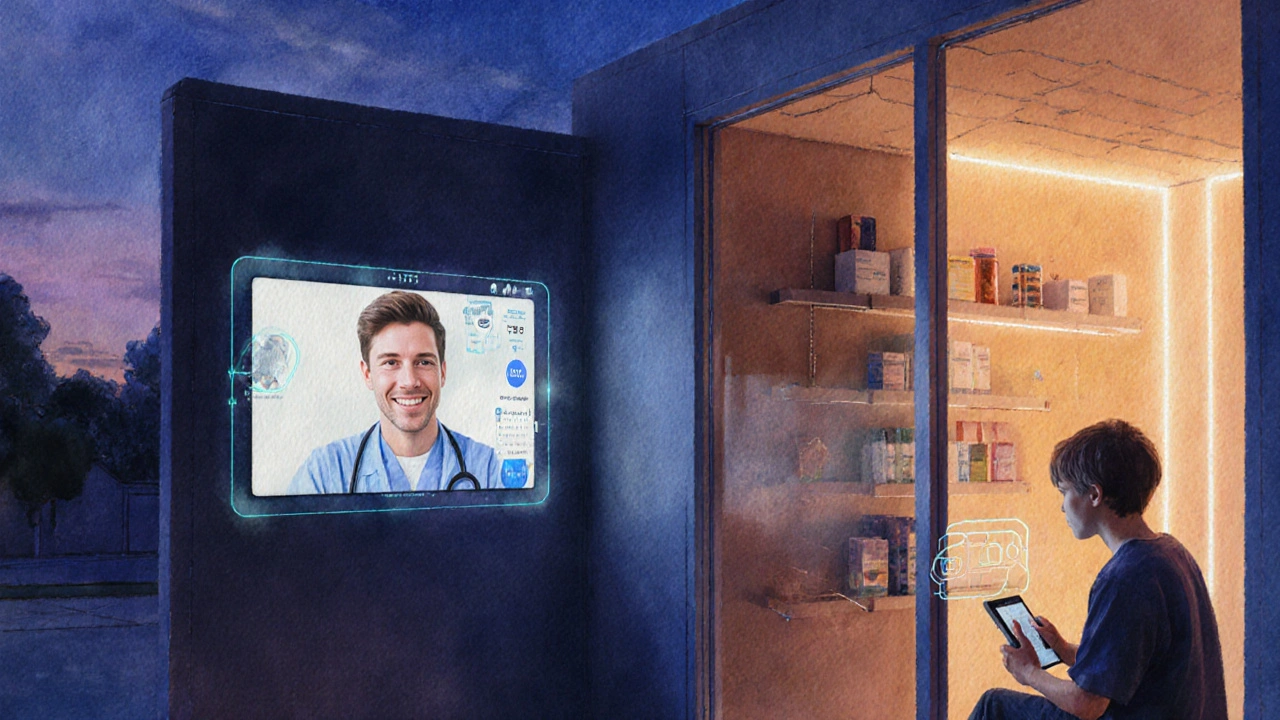
Comparing Service Models: SBHC vs. Community Clinic vs. No On‑Site Access
| Aspect | School‑Based Health Center | Community Clinic | No On‑Site Access |
|---|---|---|---|
| Location Convenience | On campus; walk‑in during school hours | Off‑site; requires transportation | None; teens must travel or forgo care |
| Confidentiality Perception | High when privacy protocols are clear | Variable; depends on clinic policies | Low; fear of being seen at external sites |
| Cost to Student | Free or low‑cost (often covered by Medicaid/TitleX) | May involve copays; insurance dependent | Potentially high out‑of‑pocket expenses |
| Service Breadth | Full range: contraception, STI testing, counseling | Often similar, but hours may be limited | Limited to whatever the teen can access elsewhere |
| Impact on Pregnancy Rates | 30‑50% reduction (based on studies) | Modest reduction; depends on utilization | No measurable prevention effect |
The table makes it clear why many districts view SBHCs as a cost‑effective public‑health investment.
Challenges and How to Overcome Them
Even with proven benefits, SBHCs encounter obstacles:
- Community resistance. Some parents worry about encouraging sexual activity. Transparent communication-sharing data on reduced pregnancy rates and emphasizing health education-helps build trust.
- Funding volatility. Grants may expire. Diversifying revenue streams (e.g., blending Medicaid reimbursement with local foundation support) reduces reliance on a single source.
- Staff turnover. Recruiting clinicians dedicated to adolescent health can be tough. Offering competitive salaries, professional development, and a supportive work environment improves retention.
- Legal complexity. Minor consent laws vary widely. Partner with legal counsel to create policies that comply with state statutes while protecting teen confidentiality.
Addressing these challenges proactively keeps the center running smoothly and ensures teens continue to benefit.
Future Directions: Expanding the Impact of SBHCs
Looking ahead, technology and policy shifts promise to amplify SBHC effectiveness. Telehealth platforms can extend specialist consultations without leaving campus, while mobile apps enable discreet appointment scheduling and medication reminders. Moreover, the recent bipartisan push for increased federal funding for adolescent health could unlock new grant opportunities, allowing centers to broaden services to include gender‑affirming care and mental‑health crisis response.
By staying adaptable and data‑driven, SBHCs can remain a cornerstone of teen reproductive health for decades to come.
Frequently Asked Questions
How can I find out if my school has a health center?
Check the school’s website under the Student Services or Wellness section, or ask a counselor directly. Most centers post their hours and contact info online.
Are services at an SBHC free for students?
Many services, especially contraception and STI testing, are covered by Medicaid or TitleX and are provided at no cost to the student. Some supplies may have a nominal fee if the student lacks insurance.
Can parents access my health records from the SBHC?
Under federal confidentiality rules, minors can receive reproductive health services without parental consent in most states. The SBHC’s privacy policy will detail when parents can be notified.
What types of birth control are offered on campus?
Most centers provide hormonal pills, patches, rings, injections, condoms, and long‑acting reversible contraception such as IUDs and implants. Emergency contraception is also stocked.
How do SBHCs measure success?
Key metrics include the number of contraception consultations, LARC uptake rates, STI testing frequency, and changes in teen pregnancy rates compared with baseline data.

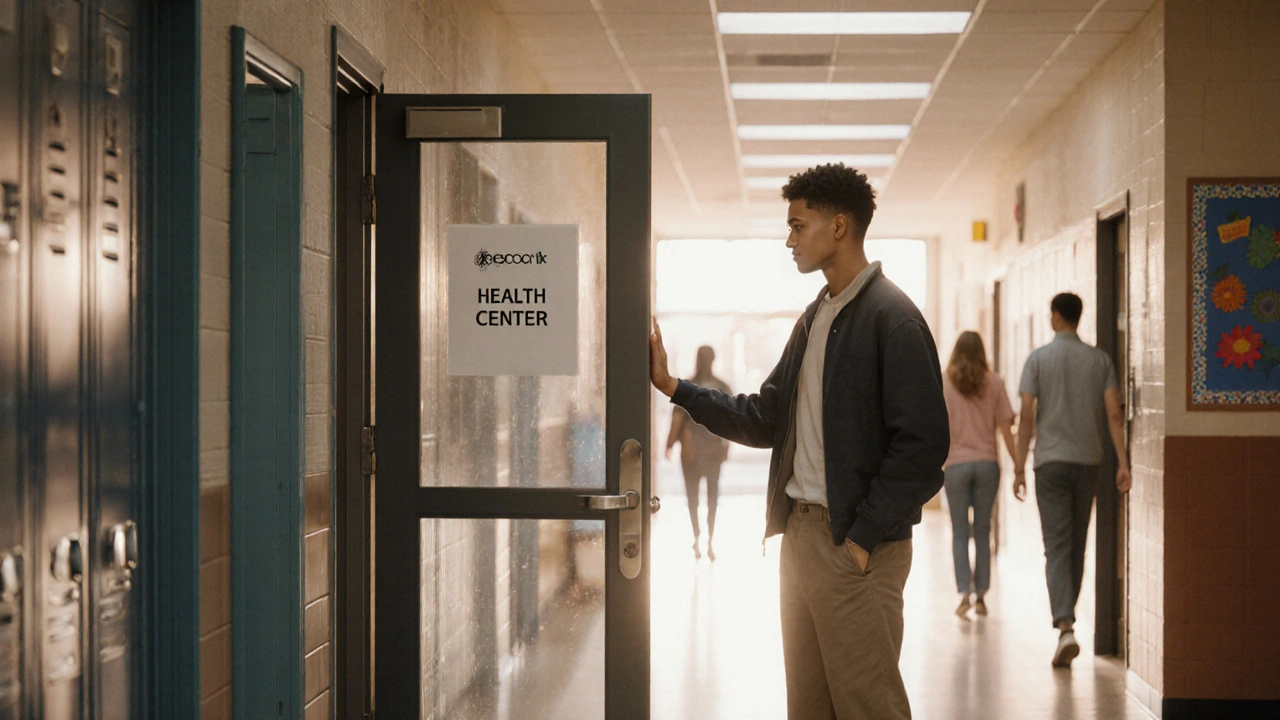

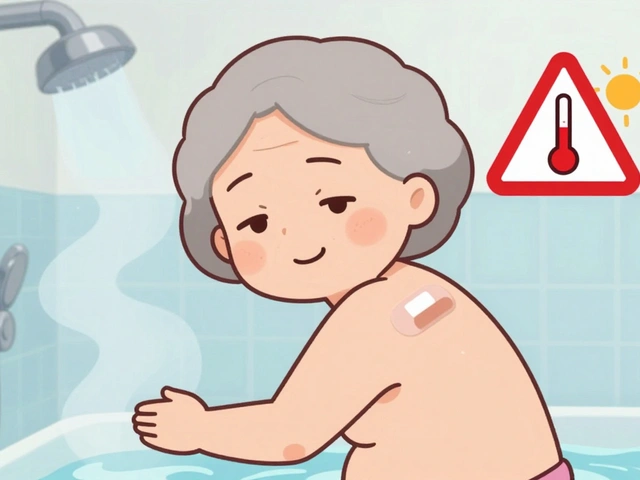

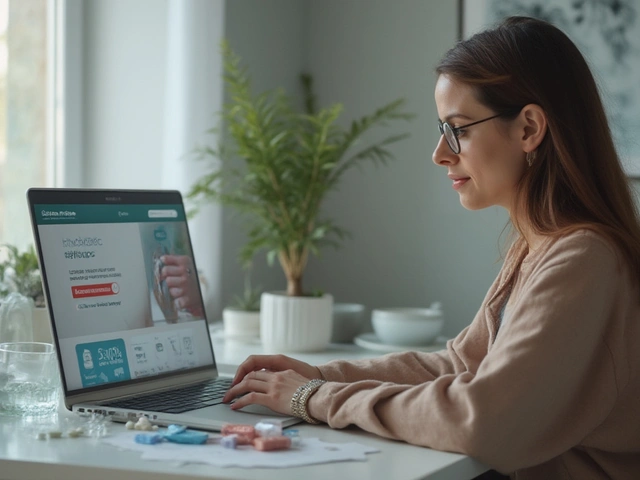
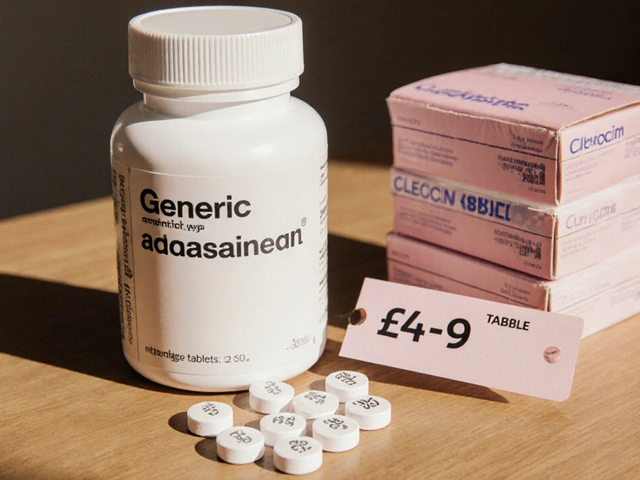
Lilly Merrill
October 9, 2025School-based health centers are a solid step toward equity in teen health. They give students a safe place to talk about contraception and get reliable care without stigma. This kind of early access can lower unintended pregnancies and let kids stay focused on learning.